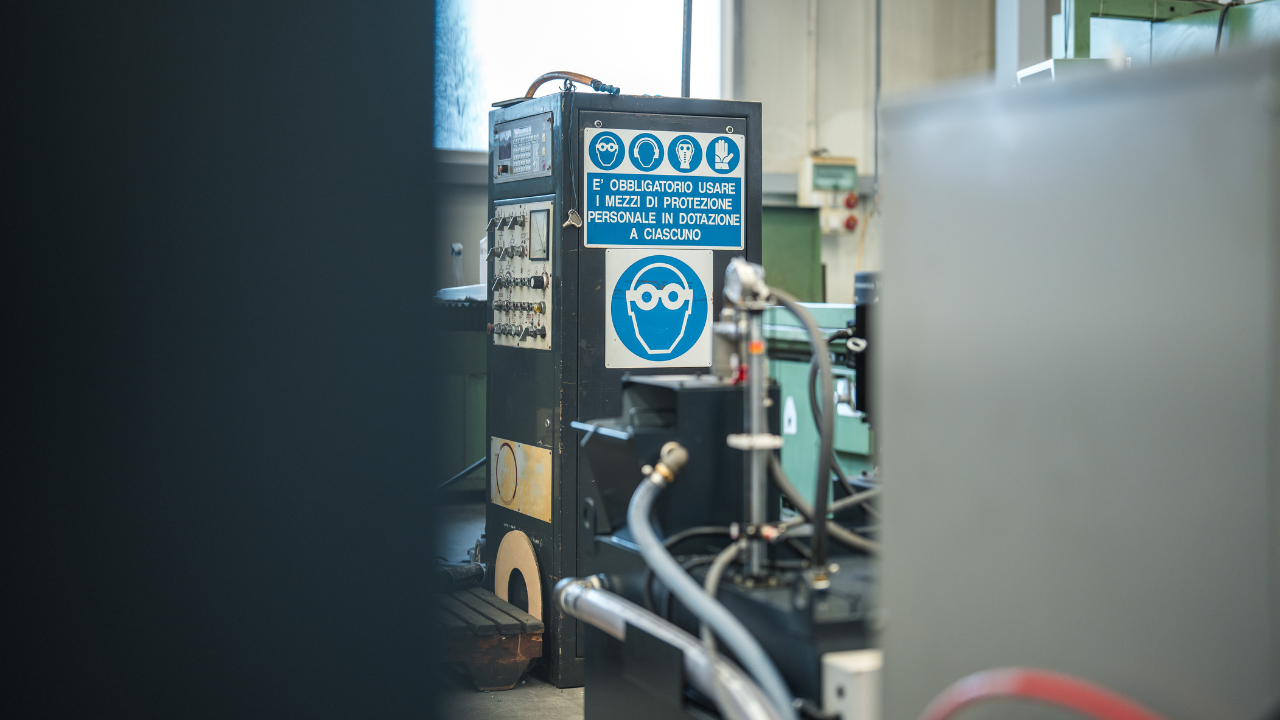Experiences with Magnetic Drive Pumps
Mike Sondalini, PWW EAM System Consultant
Posted 10/5/23
Introduction
Magnetic drive pumps (also called magdrive pumps) come in three varieties – canned motor pumps, all metal pumps, and plastic lined metal pumps. They are sealless and cannot leak into the environment. Long, repair-free service life depends on recognizing the limitations of these pumps. This article covers issues with using direct mounted, lined magdrive pumps experienced ‘in the field’.
How do they work?
The smaller magnetic drive pump sizes come with motors directly mounted to the pump, and there are no shaft alignment problems. The internal bearings and shaft in the plastic lined pumps are usually corrosion-free hard silicon carbide. The process liquid lubricates the bearing surfaces. Canned motor pumps have dual containment.
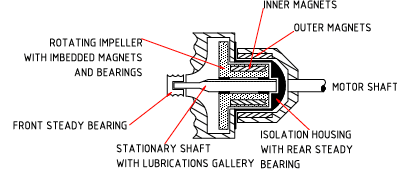
Simplified cross-section of a magnetic drive pump
They operate by using magnetic attraction and repulsion to turn the impeller. Within the pump is a set of high-strength, permanent magnets embedded around the outside of a hub projecting from the back of the impeller. A thin liner or shroud with a small (2 – 4 mm) clearance to the hub seals the pump internals. At a similar distance on the outside of the liner is another set of magnets connected to the motor. As the motor turns, the outside magnets drive the inside magnets.
Problems that can arise with Magnetic Drive Pumps
They cannot be run dry for more than a few seconds. When the bearings lose lubrication, heat is quickly generated and conducted through the bearings. Plastic impellers can distort. Install no flow detection, like a flow switch or under-current detection, to protect the pump.
A high amount of heat can be generated by the coupling action of the magnets. This is worst in the canned motor and metallic pumps. The heat warms the liquid in the pump and is passed into the process. In a refrigeration system the excess heat may exceed the design loads for the system.
The pumps do not tolerate particulate and sediment in the pumped fluid. Because the process fluid lubricates the bearings, entrained sediment can block galleys and ports supplying lubrication. Only use them on clean fluids.
Sediment will also work its way into the thin cavity between the outside of the impeller hub and the inside of the separation liner. The sediment is dragged around by the impeller hub and scours the liner. If allowed to continue the sediment gouges through the separation shroud and the pump leaks.
Sediment settling on the bottom of tanks may come lose and be drawn through the pump. Set pump suction nozzles well off the tank floor.
The heat generated by the action of the magnets may be high enough to bake constituents of the process liquid onto the impeller magnet hub and a build-up develops.
Processes involving liquids that crystallize at room temperatures, or higher, require the pump to be trace heated to prevent crystals forming in internal cavities.
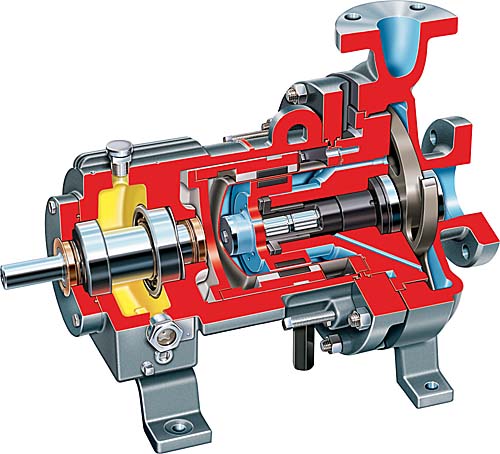
Internal plastic liners of magdrive pumps are susceptible to damage if hard foreign objects are drawn through the pump. Install a suction strainer if the process can contain large foreign materials like wood and rock. Large solids can also block impeller passages.
Separation liners made of non-conducting materials such as fiberglass and plastic composites cannot handle high pressure. If the pump experiences hydrostatic pressure from thermal expansion of liquid trapped between valves, or pressure hammers from fast closing valves, it is likely the separation liner will crack or rupture. Relieve thermal pressure build-up if closed valves can isolate the pump.
Ferrous particles, such as rust or steel filings, will be attracted to the magnets. It is a particular problem when bulk solids containing traces of ferrous metal are dissolved in a tank or where tank bottoms are being cleaned out. In-line magnets on the pump suction can help reduce the problem, or the tank contents can be let to settle and then the clear liquid above pumped out. The contaminated ullage is handled separately by a different style of pump or method.
Keep fingers away from the back of the impeller when it is reinstalled. The magnetic attraction between the inner and outer magnets cannot be restrained by hand and people have been hospitalized with crushed fingers.
Under high unexpected flows and pressures the pump is required to deliver more power through the impeller. If the conditions are beyond the capacity of the pump, the magnets de-couple and the drive is lost. To reengage the magnets the pump needs to be stopped and restarted. When selecting a magdrive pump chose one that will handle likely peak conditions.
In some situations the chemical being pumped has diffused through the plastic lining and attacked the underlying metal. This occurred on a magnetic drive pump pumping 26% HCl at 80oC (176oF). Through a manufacturing error the plastic lining over the impeller magnets was not up to standard and the HCl diffused through to the magnets where it corroded them and caused the inner magnet hub to bulge and rub against the separation shroud. Eventually the impeller jammed and would not turn.
If you don’t need the liner for chemical protection then you can get a cheaper all-metal pump.
These pumps can be wired up incorrectly and run backwards. They will seem as if they are pumping but the flows and pressures will be much less than if they were going the right way.

Mike Sondalini
Mike Sondalini is a Senior Consultant at PWWEAM System-of-Reliability. BEng(Hons), MBA, CPEng. As a consultant and trainer, Mike was able to present his insights to his clients, suggesting innovative approaches to plant and equipment reliability. Their feedback was resoundingly positive. Efforts which earned him an international reputation for articulate, out-of-the-box articles on plant and equipment reliability, life-cycle EAM, maintenance management, work quality assurance, and team building. After decades of dedicated research, Mike authored “Industrial Manufacturing Wellness: The Complete Guide to Successful Enterprise Asset Management” a revolutionary approach on how maintenance and physical asset management systems should be run, the book detailed who, what, where, when, why, and how outstanding reliability could be achieved. Each step based in scientific and mathematical understanding to ensure repeatability of results and optimal outcomes.
Related Articles

OEE: Overall Equipment Effectiveness

What the Pump Was Designed to Do and Why it Doesn't Do it
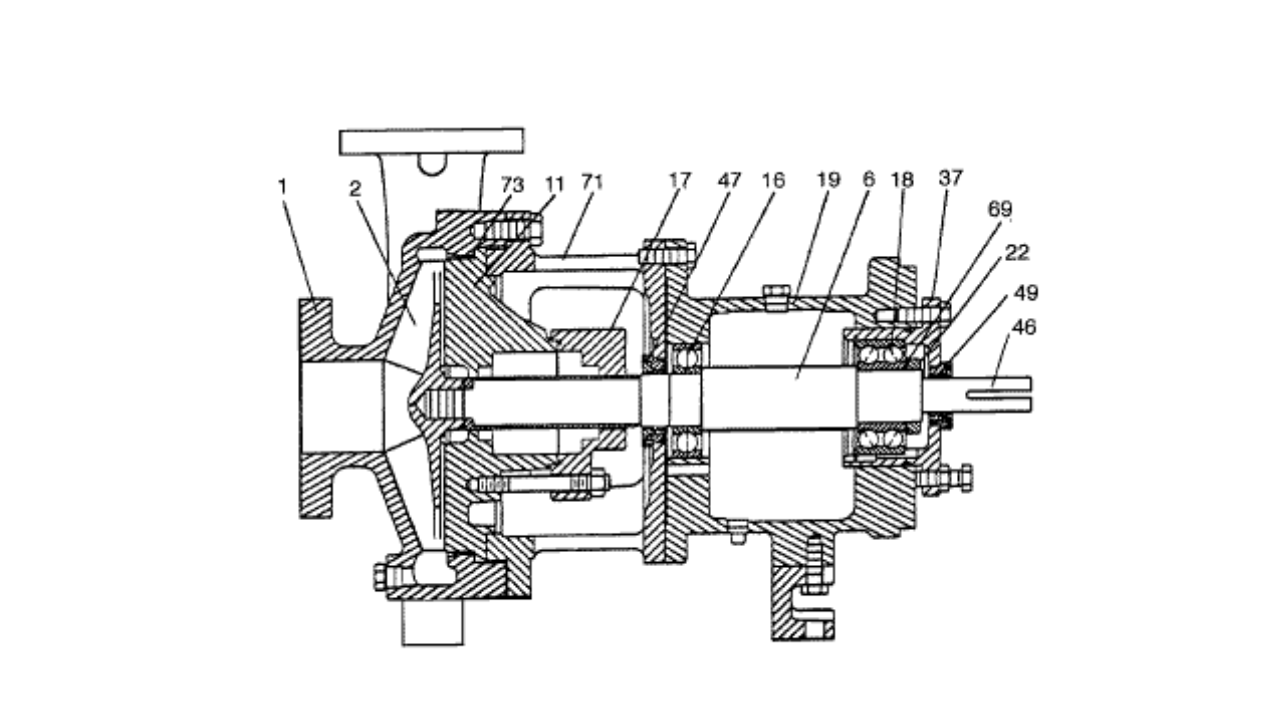
What is Wrong with the Modern Centrifugal Pump?

Digging Up Savings: Go with the Flow
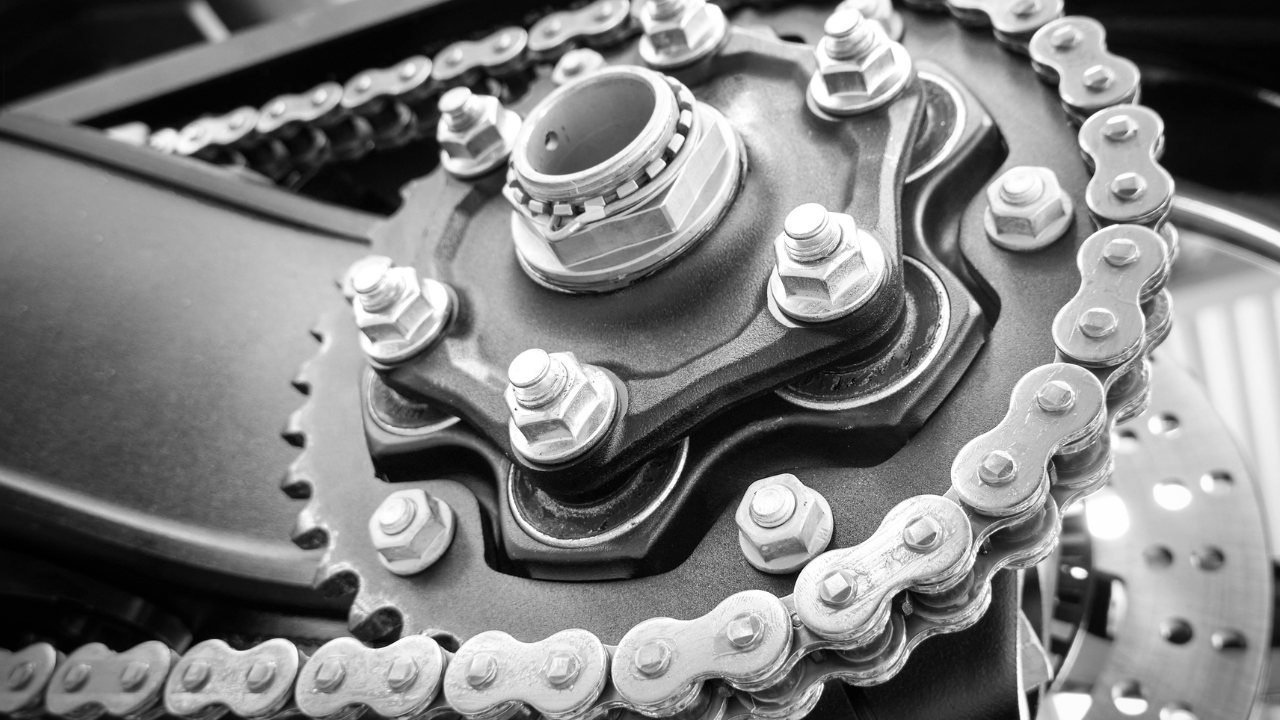
Chain Drive Design Recommendations

Classifying Chemicals to Assure Effective Sealing
